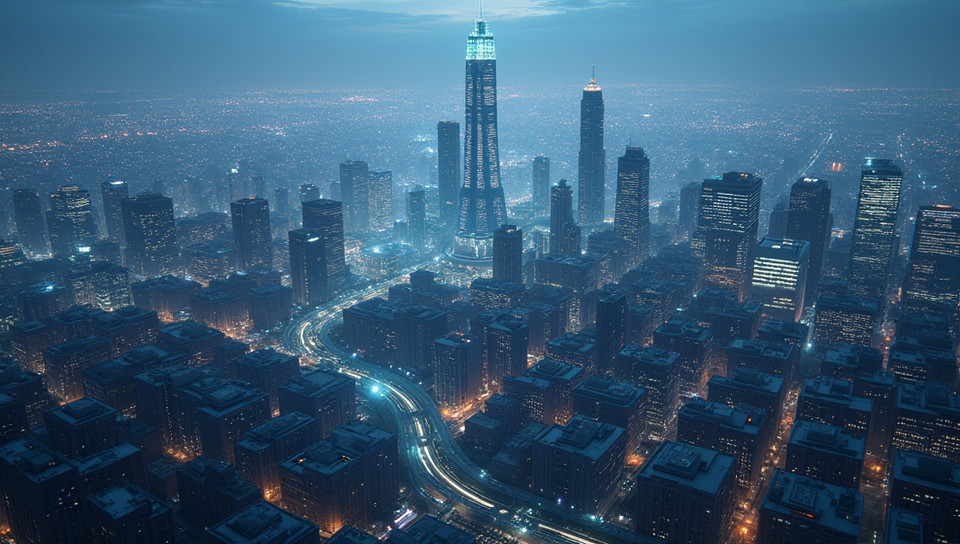Grid capacity limits net-zero adoption 99%

Grid Capacity Limits Net-Zero Adoption
As the world transitions to cleaner energy sources, the grid is facing an unprecedented challenge: keeping up with the demand for renewable power while ensuring a stable and reliable supply. The push towards net-zero emissions has never been more pressing, but the infrastructure constraints of our existing grid are threatening to slow down this progress.
The Grid Capacity Conundrum
The grid's capacity is not infinite, and the sheer volume of new renewable energy sources being connected to it is putting a strain on the system. Solar and wind power plants are springing up everywhere, generating more electricity than ever before, but the grid's ability to handle this influx is becoming increasingly strained.
- Aging infrastructure: Many grid components, such as transmission lines and substations, were built decades ago and are not designed to support the high levels of renewable energy being fed into the system.
- Insufficient storage capacity: The grid needs a way to store excess energy generated by renewables during periods of low demand, but current battery technology is not yet sufficient to meet this need.
- Voltage stability issues: As more renewable energy sources are connected, voltage stability becomes a concern, particularly in areas with high levels of rooftop solar.
What's Being Done to Address the Issue?
Utilities and grid operators are exploring various solutions to address these challenges. Some of the strategies being implemented include:
- Upgrading existing infrastructure to accommodate higher levels of renewable energy
- Building new transmission lines and substations to connect remote renewable energy sources to the main grid
- Investing in energy storage technologies, such as batteries and pumped hydro storage, to smooth out the flow of renewable energy
- Implementing smart grid technologies to better manage voltage stability and optimize energy distribution
The Way Forward
While these solutions are being implemented, it's clear that more needs to be done to address the grid capacity conundrum. Policymakers, industry leaders, and researchers must work together to develop innovative solutions that will enable a smooth transition to net-zero emissions.
In conclusion, the grid capacity limits net-zero adoption, but this is not a reason to slow down our progress towards a cleaner energy future. By acknowledging these challenges and working collectively to address them, we can ensure a reliable, efficient, and sustainable energy system for generations to come.
- Created by: Diego Carrillo
- Created at: Jan. 28, 2025, 1:12 p.m.
- ID: 19338









